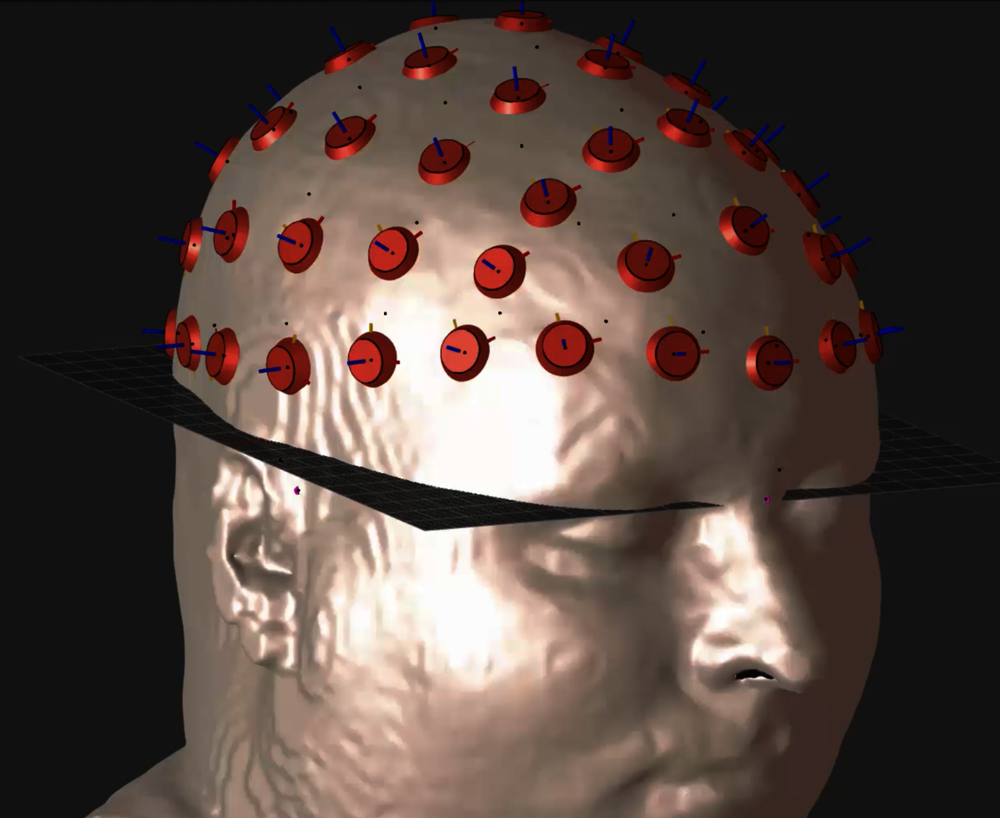- Efficient, fast and flexible generation of anatomical models
- Compatibility with all common CT and MR image formats
- Wide range of integrated segmentation methods: competitive region growing, clustering, live-wire delineation, fuzzy connectedness analysis, level-set methods, etc.
- Specialized vasculature and bone segmentation methods
- Topologically flexible interpolation for accelerated segmentation
- Anatomical reference atlases
- Support for large datasets
- Flexible combination of interactive and automated segmentation algorithms
- Image pre- and postprocessing (noise removal, masking, filtering, image math, image transformations, skin adding, hole/gap removal, smoothing, morphological operations, etc.)
- Feature analysis, edge extraction, connected components, geometric measurements (areas, volumes, distances, angles, torsion)
- Surface generation produces conformal, topologically compatible, high-quality triangle surface meshes ideal for volume mesh generation
- Hierarchical tissue organization, support for multilayer segmentation
- Advanced 3D rendering
Anatomical Model Generation Tools
Medical Image Segmentation Tool Set
The Medical Image Segmentation Tool Set (iSEG) is a fully integrated segmentation toolbox including pre- and postprocessing for the efficient, fast, and flexible generation of anatomical models from medical imaging data. These models can be used for personalized treatment planning, or to establish in silico trial populations. A wide selection of segmentation methods including competitive region growing, fuzzy connectedness analysis, level-set methods, topologically flexible interpolation, and dedicated vasculature segmentation, ensure the efficient and robust generation of surface models. iSEG may be live-linked with the desktop version of Sim4Life, or instantiated as a module in a cloud-based Sim4Life.web pipeline.
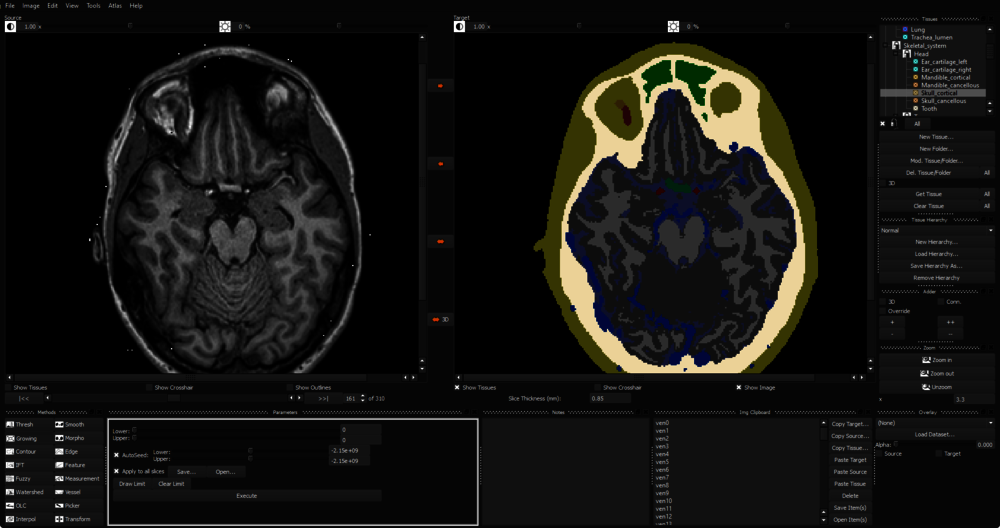
AI Head Model Generation
Sim4Life includes AI and computer vision functionality to generate detailed personalized anatomical head models (40 tissue classes) with high accuracy from MRI data. This feature has broad applicability in precision medicine, including personalized brain stimulation planning, and the generation of virtual populations for variability assessments and in silico trials.
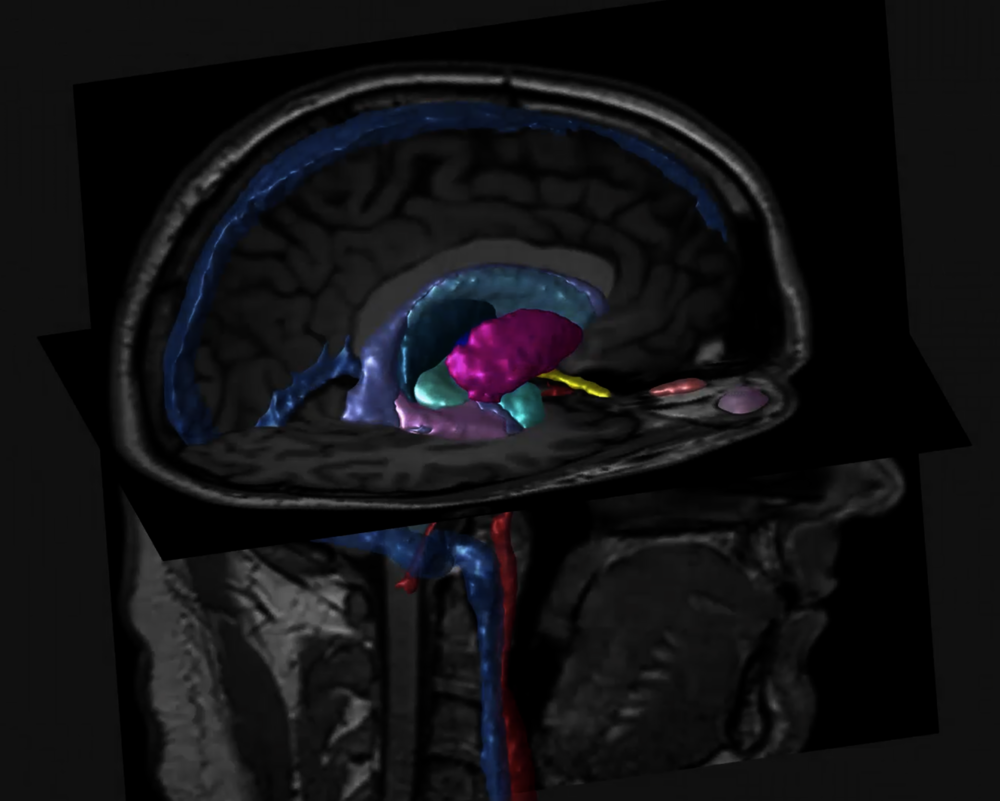
- Segmentation of T1 (and optionally T2) MRI head scan data
- Differentiation of 30 different tissue classes, including brain structures, eyes, mucosa, internal air, and different skull and scalp layers.
- Automated routines for preprocessing and clean-up
- Superior segmentation performance compared to competing state-of-the-art algorithms (as indicated by testing on ground truth validation datasets)
- Best choice for brain stimulation and sensing applications
Poser
The Poser tool allows users to manipulate the posture of the Virtual Population models (ViP, IT’IS Foundation, Switzerland; version 3.0 or higher) to simulate specific use cases using physics-based solvers. Posing is realized by rotating the rigid skeleton at its joints, which triggers passive deformation of soft tissues. Optimized computational techniques allow deformations to be smoothly visualized in real time. Moreover, users can switch between previously saved, user-defined postures.
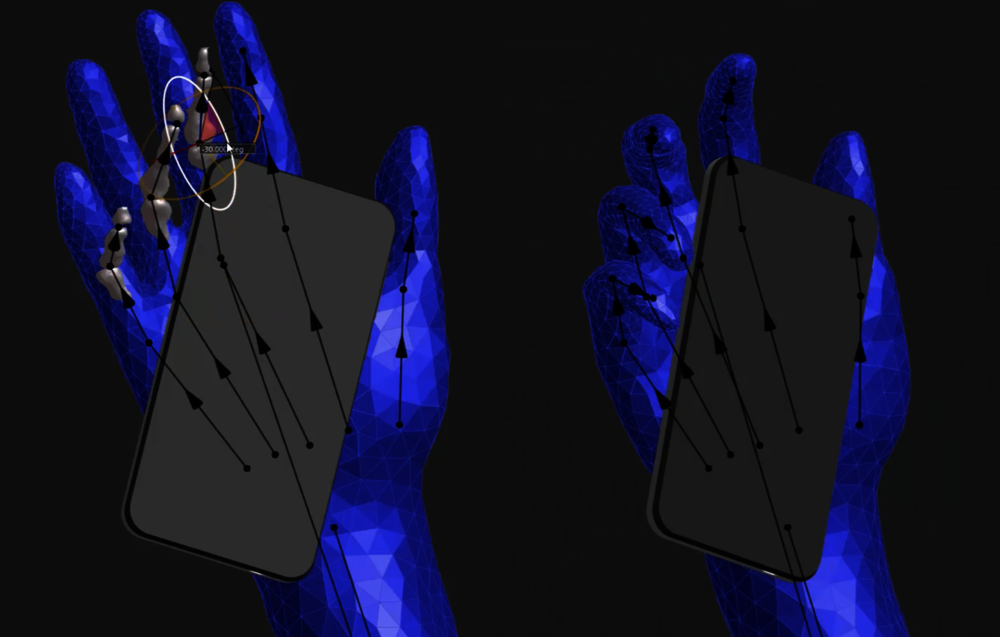
- Based on biomechanical FEM simulation
- Easy articulation of joints within their physiological ranges
- Realistic deformation of soft tissues without loss of connectivity or changes in tissue volume
- Predefined postures for standing, sitting and lying persons
Image-Based Tissue Property Maps
Sim4Life supports the use of diffusion tensor imaging (DTI) data to assign anisotropic conductivity distributions to low-frequency EM simulations. These are particularly important for neuro-related simulations, as the conductivity along directions locally aligned with the orientation of the spinal cord, spinal roots, or peripheral nerves can be 10x higher than the orthogonal conductivity. The platform also supports the assignment of heterogeneous acoustic property maps to the skull and bones, and the use of MR perfusion maps in thermal simulations.
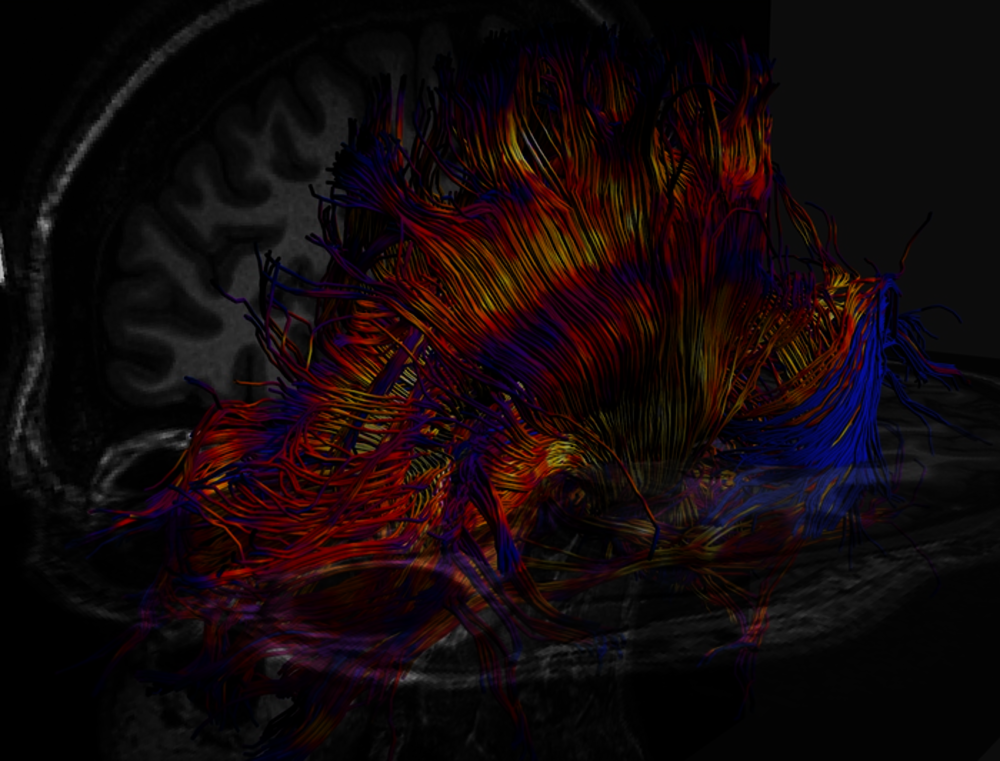
Personalized Modeling Functionality
Sim4Life offers a rich set of functionalities to facilitate personalized modeling:
- Control point morphing for easy adaptation of anatomical morphologies
- Image registration-based modeling of label fields and surfaces
- Surface-based morphing
- Image-based tissue property assignment
- Brain atlas co-registration
- AI-based head model generation
- Implant insertion tools (e.g., vessel centerline extraction for stents, projection tool for orthopedic implants, remeshing tool)
- Hybrid rendering of image data, simulation results, and geometries
- Personalized 10-10 EEG electrode placement
